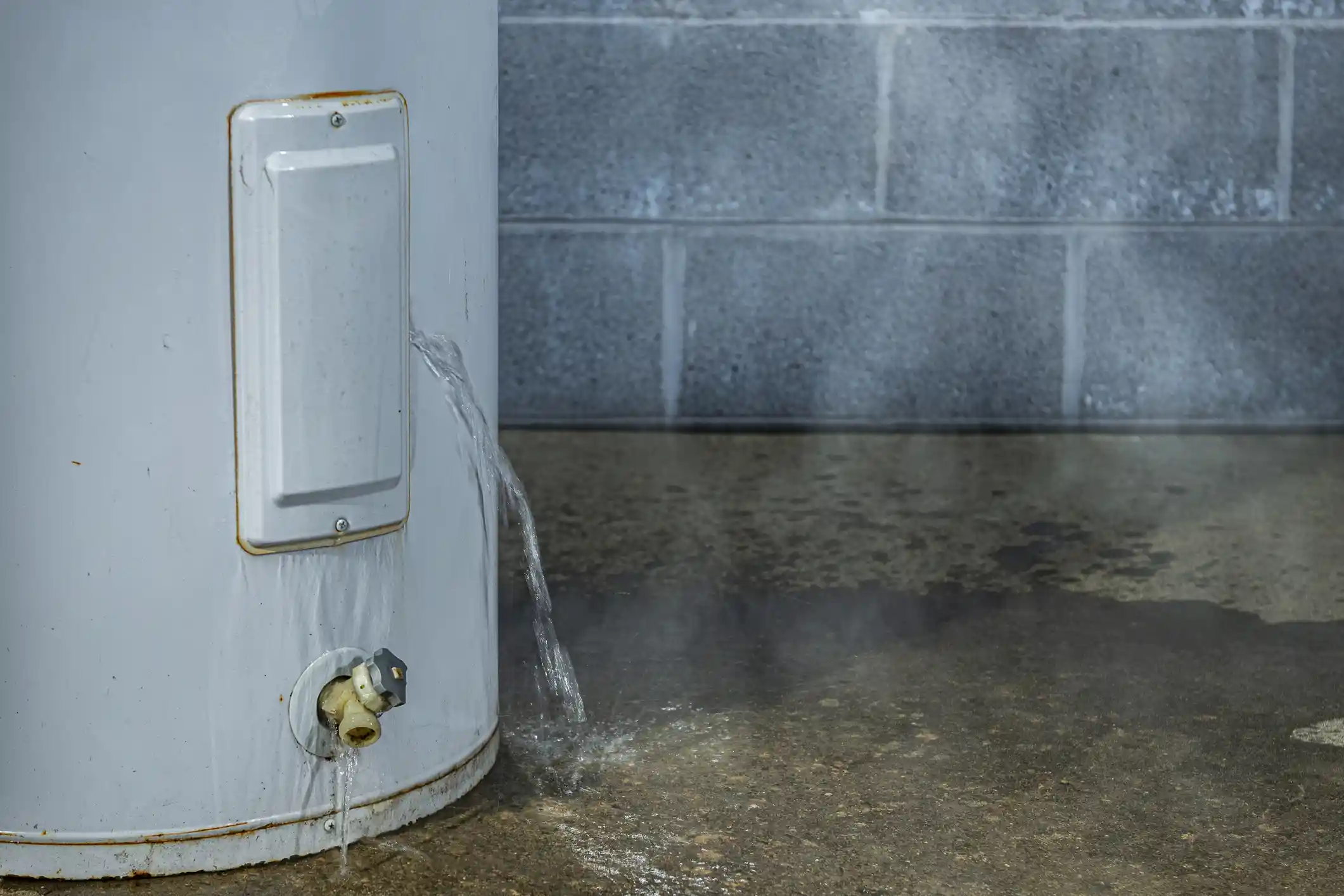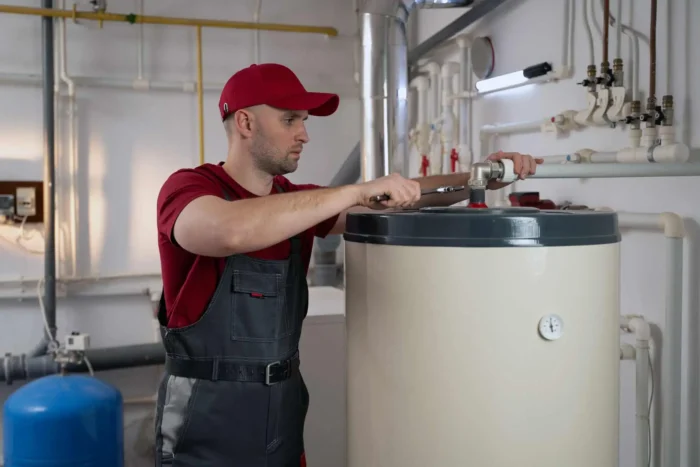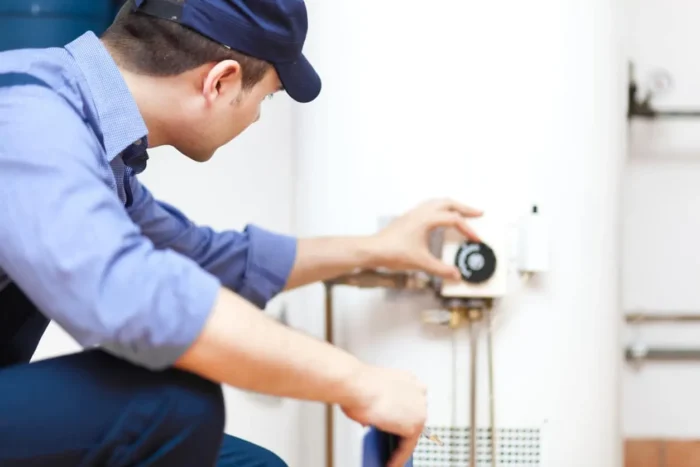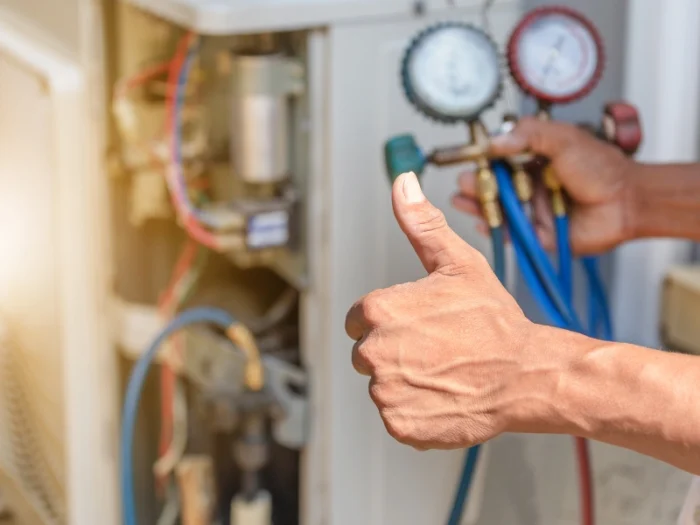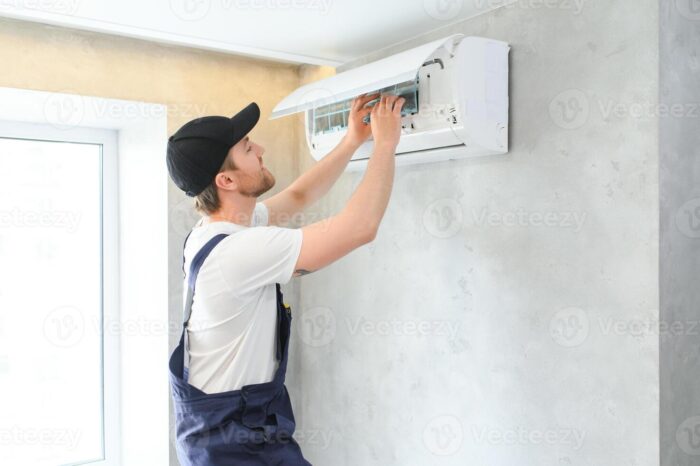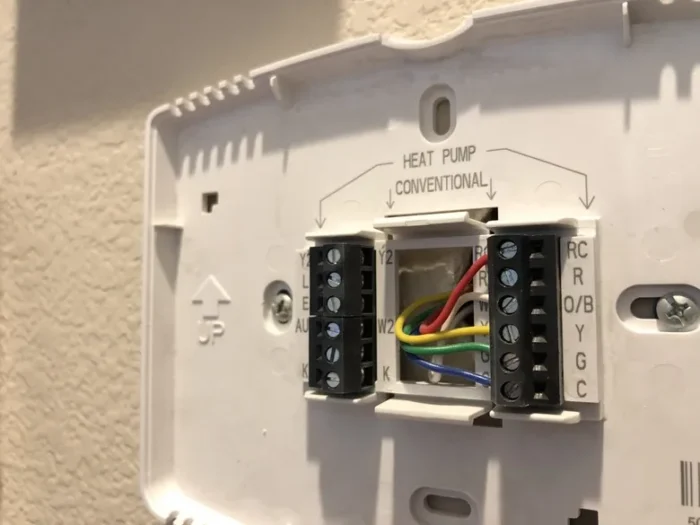You walk into your basement and find a puddle around your water heater. Your heart sinks. Water heater leaks can cause serious damage to your home if ignored. The good news? Most leaks have clear causes and solutions. Understanding what causes a water heater to leak helps you act fast and avoid costly repairs.
This guide covers everything you need to know about water heater leaks. We’ll walk through the most common causes, how to spot them, and what to do next. Whether you’re dealing with a small drip or a major leak, you’ll know exactly what steps to take.
Understanding What Causes a Water Heater to Leak
Water heater leaks happen for many reasons. Some are simple fixes you can handle yourself. Others need professional help. Let’s break down the main causes of water heater leaking so you can identify your problem quickly.
1. Drain Valve Issues
The drain valve sits at the bottom of your tank. You use it to empty the tank for cleaning and maintenance. Over time, this valve can become loose from regular use.
A loose drain valve creates small gaps where water escapes. Sometimes you’ll see a slow drip. Other times, water pools at the base of your heater.
The Fix: Try tightening the valve with a pipe wrench. Turn it clockwise gently. Don’t force it. If the valve is corroded or loose at the base, you’ll need a replacement. This is a simple fix most homeowners can do.
2. Temperature and Pressure Relief Valve Problems
Your T&P relief valve is a critical safety feature. It releases excess pressure and prevents your tank from exploding. When this valve malfunctions, you’ll notice water leaking from the top of your heater or from the side.
The valve should only open when pressure or temperature gets too high. If it leaks constantly, something is wrong. Either the valve is faulty or your water temperature is set too high.
The Fix: Check your thermostat first. It should be set to 120 degrees Fahrenheit. Higher temperatures cause unnecessary pressure buildup. If the temperature is correct but the valve still leaks, replace it immediately. This isn’t optional. A broken pressure relief valve is a safety hazard.
3. Inlet and Outlet Connection Leaks
Cold water enters your tank through the inlet connection. Hot water exits through the outlet connection. These connections sit at the top of your water heater.
Both connections can loosen over time. The heating and cooling cycle causes metal to expand and contract. This constant movement weakens the connections.
Water leaking from the top of your heater usually points to loose inlet or outlet pipes. You might see water dripping down the sides of the tank.
The Fix: Use a pipe wrench to tighten both connections. Turn them clockwise. Check for corrosion while you’re at it. Corroded fittings need replacement even if they feel tight.
4. Old Age and Rust Buildup
Tank water heaters last about 10 to 12 years on average. As your heater ages, the interior starts to corrode. Rust eats through the metal and creates cracks.
You can’t see this internal corrosion until it’s too late. Water starts seeping through tiny cracks in the tank walls. Once the tank itself cracks, there’s no repair option.
The Fix: If your water heater is over 10 years old and leaking from the tank body, replacement is your only choice. You can’t patch a corroded tank permanently. The cracks will keep growing.
5. Sediment and Mineral Buildup
Hard water contains minerals like calcium and magnesium. These minerals settle at the bottom of your tank as sediment. Over years, this sediment layer hardens and creates pressure points.
The sediment causes several problems. It reduces heating efficiency. It makes strange popping noises. Most importantly, it can crack your tank from the inside.
The Fix: Flush your water heater twice a year. This removes sediment before it hardens. Empty the tank through the drain valve. Run fresh water through until it comes out clear. Regular flushing extends your heater’s life by several years.
6. Failed Anode Rod
The anode rod is your tank’s first line of defense against corrosion. This metal rod attracts corrosive elements in your water. It sacrifices itself to protect your tank.
Over time, the anode rod corrodes completely. Once it’s gone, rust attacks your tank directly. This leads to internal corrosion and eventual leaks.
The Fix: Inspect your anode rod every three to five years. If more than six inches of the core wire is exposed, replace it. A new anode rod costs $20 to $50 and adds years to your tank’s life.
7. High Water Pressure
Your water heater creates pressure as it heats water. Normal pressure isn’t a problem. But if your home’s water pressure is too high, it stresses every connection and seal.
Excess pressure finds weak points in your system. It can force water past gaskets and through tiny cracks. You might not see an obvious leak source.
The Fix: Test your home’s water pressure with a gauge. Normal pressure is 50 to 60 PSI. Anything over 80 PSI is too high. Install a pressure reducing valve on your main water line. This protects your entire plumbing system, not just your water heater.
8. Cracked Storage Tank
Some water heaters have a glass-lined interior tank. This glass lining prevents corrosion. But minerals in hard water can damage the glass over time.
The minerals create weak spots. Eventually, these spots crack. Water seeps through the cracks into the space between the inner and outer shells.
The Fix: A cracked glass tank needs complete replacement. There’s no way to repair the interior lining. If you live in a hard water area, consider installing a water softener to protect your new heater.
9. Loose Heating Element (Electric Heaters Only)
Electric water heaters have heating elements that screw into the tank. These elements have gaskets that seal against water. Over time, these gaskets can fail or the elements can loosen.
When this happens, water leaks around the element. You’ll see water coming from the side of the tank where the element attaches.
The Fix: Turn off power to your heater first. Drain the tank below the element level. Tighten the element or replace the gasket. If the element threads are damaged, you’ll need a new element.
10. Condensation vs. Real Leaks
Not every wet water heater means you have a leak. High-efficiency gas heaters produce condensation. Cold water entering a hot tank can cause moisture on the outside.
Check for condensation before panicking. Wipe down your heater completely. Wait a few hours. If moisture returns in an even pattern across the surface, it’s condensation. If water drips from specific spots, you have a real leak.
Also check nearby systems. Your HVAC, water softener, or supply lines might be the real source. Don’t assume your water heater is the problem without investigating.
You may read How Much Does Water Heater Repair Cost?
When Is a Water Heater Leak an Emergency?
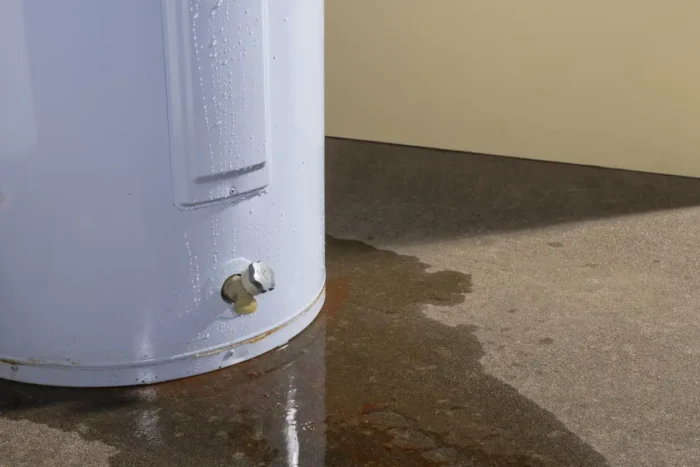
Not all reasons for water heater leaking require immediate action. Knowing the difference saves you stress and money.
Call a plumber immediately if:
- Water is pouring from your tank (not dripping)
- You smell gas near a gas water heater
- Your pressure relief valve won’t stop releasing water
- You see sparks or electrical issues with an electric heater
- Water is spreading fast and threatening other equipment
You can wait 24 to 48 hours if:
- The drain valve is dripping slowly
- Inlet or outlet connections have minor drips
- You’re seeing condensation, not an actual leak
- The leak is very small and contained
Safety first: Always turn off power or gas to your water heater if you see a significant leak. Shut off the cold water supply too. This prevents more water from entering the tank.
Average Water Heater Lifespan
Tank water heaters typically last 8 to 12 years. Several factors affect this lifespan.
Water quality matters most. Hard water with high mineral content shortens your heater’s life. The minerals accelerate corrosion and sediment buildup.
Installation quality plays a role too. Proper installation with correct pressure settings helps your heater last longer. Poor installation causes premature failure. At Hutchinson Heating and Air, we ensure every installation meets manufacturer specifications to maximize your equipment’s lifespan.
Climate affects durability. Cold climates make your heater work harder. The frequent heating cycles wear out components faster.
Regular maintenance is the biggest factor you control. Heaters that get annual attention last 2 to 4 years longer than neglected ones.
Signs your heater is nearing the end:
- Age over 10 years
- Rust-colored water from hot taps
- Strange rumbling or popping noises
- Multiple repair needs within a year
- Visible rust on the tank exterior
- Frequent small leaks
How to Maintain Your Water Heater
Prevention beats repair every time. Regular maintenance stops most water heater leaks before they start.
Every Six Months: Flush your tank to remove sediment. Attach a garden hose to the drain valve. Run water until it’s clear. This takes 15 to 30 minutes. Hard water areas need more frequent flushing.
Annually: Test your pressure relief valve. Lift the handle and let it snap back. Water should flow into the drain pipe then stop. If it doesn’t work smoothly, replace it.
Check your anode rod. This requires removing the top cover. If the rod is heavily corroded, replace it. Most people skip this step, but it’s important.
Inspect all connections. Look for rust, corrosion, or moisture. Tighten loose fittings. Replace corroded ones.
Temperature Settings: Set your thermostat to 120 degrees. Higher temps waste energy and increase pressure. Lower temps might not kill bacteria in the tank.
Some people set it at 140 degrees if they have a dishwasher without a booster heater. This is usually unnecessary with modern dishwashers.
Professional Service: Consider professional Heater Maintenance in Temecula once every two to three years. A licensed plumber catches problems you might miss. They have specialized tools to inspect the tank interior and test all safety features.
The team at Hutchinson Heating and Air provides comprehensive maintenance that includes complete system inspection, pressure testing, anode rod assessment, heating element testing for electric models, gas line inspection for gas models, and efficiency evaluation. This thorough approach identifies potential issues before they become expensive repairs.
Repairing or Replacing Your Water Heater
Sometimes repair isn’t worth the cost. Here’s how to decide.
Choose Repair When:
- Your heater is less than 8 years old
- The problem is a simple component (valve, element, thermostat)
- Repair costs less than one-third of replacement cost
- The tank itself isn’t damaged
- You’ve had minimal repair needs before
Choose Replacement When:
- The tank is leaking from cracks or corrosion
- Your heater is over 10 years old
- You’re facing a second major repair
- Energy bills have increased noticeably
- You need constant repairs
- The unit can’t meet your hot water needs
Replacement Benefits: Modern water heaters offer significant advantages. New models are 20 to 30 percent more efficient than units from 10 years ago.
Improved safety features include better pressure relief valves and automatic shut-offs. Most come with 6 to 12-year warranties.
You can choose tankless options for endless hot water and space savings. Or stick with traditional tanks in larger sizes if your family has grown.
Cost Considerations: Tank water heater replacement runs $800 to $1,500 installed. Tankless units cost $2,000 to $4,500.
Monthly energy savings add up. An efficient new heater saves $100 to $200 yearly on utility bills. Over 10 years, that’s $1,000 to $2,000 in savings.
Factor in avoided water damage costs too. One major leak can cost thousands in cleanup and repairs. A new heater eliminates that risk.
Hutchinson Heating and Air helps homeowners choose the right replacement system based on household size, usage patterns, and budget. We explain all your options without pressure, so you can make an informed decision.
Conclusion
Understanding what causes a water heater to leak protects your home and your wallet. Most leaks start small and give you warning signs. Regular maintenance catches these problems early.
Check your water heater monthly. Look for moisture, rust, or unusual sounds. Test your pressure relief valve twice a year. Flush sediment every six months.
When you spot a leak, identify the source quickly. Simple fixes like tightening a valve save you hundreds. But don’t ignore signs that your tank is failing.
If your water heater is over 10 years old or showing multiple problems, replacement makes financial sense. Modern heaters pay for themselves through energy savings and reliability.
Don’t wait until a small drip becomes a flood. Take action at the first sign of trouble. Whether you need a quick repair or full replacement, professional help ensures the job is done right. Contact Hutchinson Heating and Air today for expert Heater Maintenance in Temecula and keep your hot water flowing safely for years to come.
FAQs
1. Can I Fix A Leaking Water Heater Myself Or Do I Need A Professional?
Simple fixes like tightening a loose drain valve or inlet connections are safe DIY tasks. However, call a professional for gas line work, electrical issues, tank cracks, or if you’re unsure about the leak source.
2. How Much Does It Cost To Repair A Leaking Water Heater?
Minor repairs like valve replacements cost $20 to $200, while major component fixes run $150 to $300. If the tank itself is cracked or corroded, you’ll need a full replacement costing $800 to $1,500.
3. How Do I Know If My Water Heater Leak Is An Emergency?
It’s an emergency if water is pouring rapidly, you smell gas, see electrical sparks, or the pressure relief valve won’t stop releasing water. Small drips from valves or connections can usually wait 24 to 48 hours for repair.
4. Should I Replace My Water Heater If It’s Leaking From The Bottom?
If the leak is from the drain valve, it can be repaired by tightening or replacing the valve. However, if water is leaking from the tank bottom due to cracks or corrosion, replacement is your only option as the tank cannot be repaired.
5. How Long Will My Water Heater Last After I Fix A Leak?
If you catch and fix minor issues like valve leaks early, your heater can continue working for years. However, if your unit is over 10 years old or has tank corrosion, even after repairs it may only last another 1 to 2 years before needing replacement.

